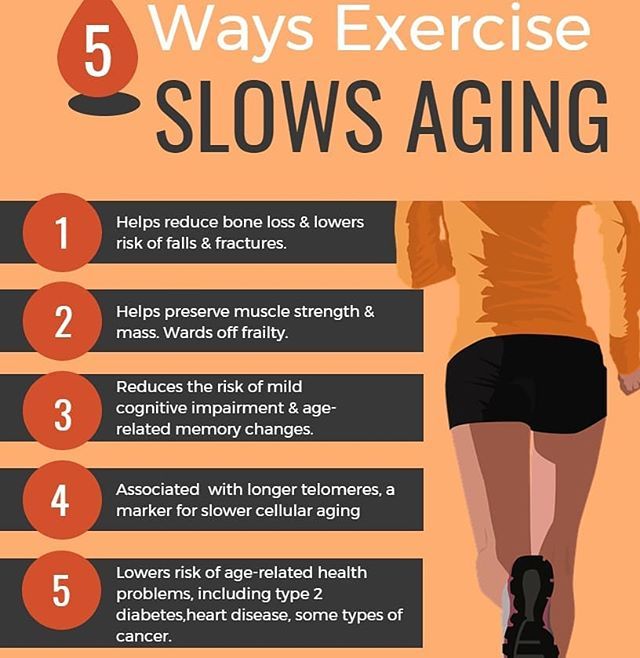How does diabetes affect children and teenagers?
Diabetes comes with various challenges, especially for young people. But, with early detection, children and teens can learn to manage diabetes and stay as healthy as possible. Early signs in children can include increased thirst and urination.
The National Diabetes Statistics Report 2020 states that around 210,000 children and teenagers under the age of 20 years in the United States have diagnosed diabetes.
Type 1 diabetes is much more common in young people than type 2 diabetes. However, the rates of both types in young people are increasing.
In 2014–2015, doctors diagnosed type 1 diabetes in around 18,291 young people aged 10–19 years and type 2 diabetes in around 5,758 young people.
The National Institutes of Health (NIH) report that, each year, rates of type 1 diabetes are rising by 1.8%, and rates of type 2 diabetes are rising by 4.8%.
Young people who develop diabetes have a higher risk of health challenges throughout their life.
This article will provide an overview of diabetes in children and teenagers, including the symptoms, causes, and treatment options.
Type 1 and type 2 diabetes are different conditions, but they both affect the body’s use of insulin. Although type 1 is more common in young people, both types can affect children and teenagers.
Type 1 diabetes
Type 1 diabetes in children, previously called juvenile diabetes, occurs when the pancreas is unable to produce insulin.
Without insulin, sugar cannot travel from the blood into the cells, and high blood sugar levels can occur.
People can develop type 1 diabetes at any age, from early childhood to adulthood, but the average age at diagnosis is 13 years. An estimated 85% of all type 1 diagnoses take place in people aged under 20 years.
Treatment involves lifelong insulin use and blood sugar monitoring, as well as diet and exercise management, to help keep blood sugar levels within the target range.
Type 2 diabetes
Type 2 diabetes is less common in young children, but it can occur when insulin is not working correctly. Without enough insulin, glucose can accumulate in the bloodstream.
The chance of developing type 2 diabetes increases as people get older, but children can also develop it.
The rates of type 2 diabetes are increasing along with increases in childhood obesity. The Centers for Disease Control and Prevention (CDC) report that obesity affected around 18.5% of children and adolescents aged 2–19 years in the U.S. in 2015–2016.
Over 75% of children with type 2 diabetes have a close relative who has it, either due to genetics or shared lifestyle habits. Having a parent or sibling with type 2 diabetes is linked with an increased risk.
Sometimes, the person will need medication. However, people can often manage type 2 diabetes by:
- changing the diet
- getting more exercise
- maintaining a moderate weight
The symptoms of diabetes are similar in children, teenagers, and adults. Some symptoms are common in both types of diabetes, but there are some differences to help tell them apart.
The symptoms of type 1 diabetes in children tend to develop rapidly over a few weeks. Type 2 diabetes symptoms develop more slowly. It may take months or years to receive a diagnosis.
Type 1 diabetes
The main symptoms of type 1 diabetes in children and adolescents include:
- increased thirst and urination
- hunger
- weight loss
- fatigue
- irritability
- a fruity smell on the breath
- blurred vision
Weight loss is a common symptom before diagnosis. Yeast infections in females can also be a symptom of diabetes.
Some people will be experiencing diabetic ketoacidosis (DKA) at the time of diagnosis. This occurs when the body begins to burn fat for energy due to a lack of insulin. This is a serious condition that requires treatment.
People may be able to get a diagnosis before DKA develops by recognizing the four main symptoms of type 1 diabetes.
Diabetes U.K. urge people to be aware of the “4 Ts” in children:
- Toilet: The child might be using the bathroom frequently, infants may be having heavier diapers, or bedwetting may be occurring after being dry for some time.
- Thirsty: The child may be drinking more fluids than usual but feeling unable to quench their thirst.
- Tired: The child may be feeling more tired than usual.
- Thinner: The child may be losing weight.
The video below provides more information on the 4 Ts:
Type 2 diabetes
The main symptoms of type 2 diabetes include:
- urinating more often, especially at night
- increased thirst
- tiredness
- unexplained weight loss
- itching around the genitals, possibly with a yeast infection
- slow healing of cuts or wounds
- blurred vision as a result of eye dryness
Another symptom of insulin resistance is the development of dark, velvety patches of skin, called acanthosis nigricans.
Polycystic ovary syndrome is another condition frequently associated with insulin resistance, though it is not a sign of it, per se.
Parents and caregivers should take their child to the doctor if they notice any of the above symptoms.
According to a 2012 survey from Diabetes U.K., only 9% of parents were able to identify the four main symptoms of type 1 diabetes in their children. By 2013, this figure had increased to 14%.
Some children do not receive a diagnosis until their symptoms are already severe. Receiving such a late diagnosis could prove fatal.
Do not miss the symptoms
Children and adolescents with diabetes usually experience four main symptoms, but many children will only have one or two. In some cases, they may show no symptoms at all.
If a child suddenly becomes more thirsty or tired or urinates more than usual, their parents may not consider diabetes a possibility.
This might also be the case for doctors, since diabetes is less common among very young children. They may attribute the symptoms to other, more common illnesses. For this reason, they may not diagnose diabetes straight away.
It is important to be aware of the possible signs and symptoms of diabetes in children in order to get a diagnosis and treatment plan as soon as possible.
One of the most serious consequences of undiagnosed type 1 diabetes is DKA. The sections below will look at this, and other complications, in more detail.
DKA
If a child does not receive treatment for type 1 diabetes, they may develop DKA. Type 2 diabetes can also lead to DKA, but this is rare.
DKA is a severe and life threatening condition that requires immediate treatment.
If insulin levels are very low, the body cannot use glucose for energy. Instead, it begins to break down fat for energy.
This leads to the production of chemicals called ketones, which can be toxic at high levels. A buildup of these chemicals causes DKA, wherein the body becomes acidic.
Early diagnosis and effective management of diabetes can prevent DKA, but this is not always possible. DKA is more common among children with an incorrect, and therefore delayed, diagnosis of type 1 diabetes.
One 2008 investigation found that among 335 children under the age of 17 years with new onset type 1 diabetes, the initial diagnosis was incorrect in more than 16%Trusted Source of cases.
Instead, they received the following diagnoses:
- respiratory system infection: 46.3%
- perineal candidiasis 16.6%
- gastroenteritis: 16.6%
- urinary tract infection: 11.1%
- stomatitis: 11.1%
- appendicitis: 3.7%
Type 2 diabetes complications
Without treatment, type 2 diabetes appears to progress faster in young people than in adults.
Younger people also seem to have a higher risk of complications, such as kidney and eye disease, earlier in life.
There is also a greater risk of high blood pressure and high cholesterol levels, which increase a person’s risk of blood vessel disease.
Type 2 diabetes in children often occurs with obesity, which may contribute to these higher risks. Obesity affects the body’s ability to use insulin, leading to abnormal blood sugar levels.
Because of this, early detection of type 2 diabetes and attention to managing overweight and obesity in younger people are crucial.
This may include encouraging children to follow a healthful diet and get plenty of exercise.
Any child with signs or symptoms of diabetes should see a doctor for screening. This may consist of a urine test to look for sugar in the urine or a finger-prick blood test to check the child’s glucose levels.
The National Institute for Health Care and Excellence recommend testing children for diabetes if they:
- have a strong family history of type 2 diabetes
- have obesity
- are of Black or Asian family origin
- show evidence of insulin resistance, such as acanthosis nigricans
The outcomes for children with type 1 or type 2 diabetes improve greatly with early detection.
It is not currently possible to prevent type 1 diabetes, but type 2 diabetes is largely preventable.
The following steps can help prevent type 2 diabetes in childhood:
- Maintain a moderate weight: Overweight increases the risk of developing type 2 diabetes, as it increases the chance of insulin resistanceTrusted Source.
- Stay active: Keeping physically active reduces insulin resistance and helps manage blood pressure.
- Limit sugary foods and beverages: Consuming lots of foods that are high in sugar can lead to weight gain and problems with insulin function. Eating a balanced, nutrient-rich diet — with plenty of vitamins, fiber, and lean proteins — will lower the risk of type 2 diabetes.
Diabetes rates in childhood and adolescence are rising. Type 1 diabetes is much more common in young people than type 2 diabetes, but the rates of both are increasing.
In most cases, people can manage the symptoms of both type 1 and type 2 diabetes with a healthful diet, regular exercise, and medications.
When they control the condition well, people with diabetes can live full and healthy lives.


